Among the biggest news of 2024 had gotta be Black Myth: Wukong.
In summer 2022, I jumped on the PS5 bandwagon at the tail end of its global shortage crisis. This investment was primarily for two titles: God of War Ragnorak, an absolute masterpiece, and Black Myth Wukong, something I had just seen a teaser trailer for. There was no release date for the latter, yet, beyond an indication that its production still had years to go. The trailer was beautiful, though, showcasing another mythology-based action game not unlike God of War, but with entirely Chinese aesthetics. Instead of using Kratos to bulldoze through Greek and Norse pantheons, I was promised an opportunity to fight Chinese folktale monsters with Sun Wukong, the Monkey King from the Chinese classic epic Journey to the West. I immediately added it to my mental shopping cart.
The Announcement
For two years, periodic drops of new teasers kept me reminded of this title. Then, in June 2024, a release date was etched into the final trailer: August 20, 2024. Just two months away! And this round of videos contained robust footage of game play and cut scenes, announcing to the world that Black Myth was for real. What had been largely contained in my imaginations could now be seen – colorful characters, diverse environments, and breathtaking action sequences… this monkey that billions of us grew up with was now at the center of what might be the best game of the year. Pre-order available? Sign me up!
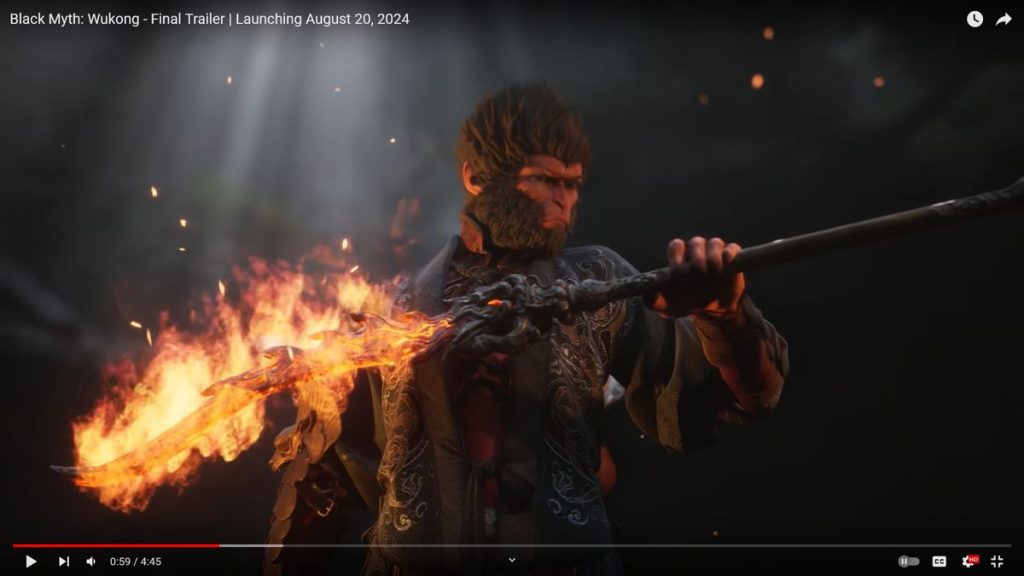
Seeing the official game trailers, though, brought me new anxieties. Those boss fights appeared to involve actual characters from the Journey to the West canon… who I wasn’t that familiar with…
Okay, let me explain. Journey to the West is easily the most well-known novel in East Asian communities. Its characters, especially Sun Wukong the Monkey King, are beloved like nobody else and have inspired countless other works. That said, most people learn the story through adaptations aimed at children: cartoons, shortened novels, or that popular 1986 TV series. Few actually go through the trouble of reading the original novel. While the adaptations (probably) capture the essence of the adventures, they drop a lot of details from the 100-chapter source material. Most of us can easily name 2-3 yaoguais (monster/demon) that Sun Wukong fought, but struggle to go beyond that. How many female yaoguais wanted to have sex with Tripitaka? I wasn’t taught that as a child!

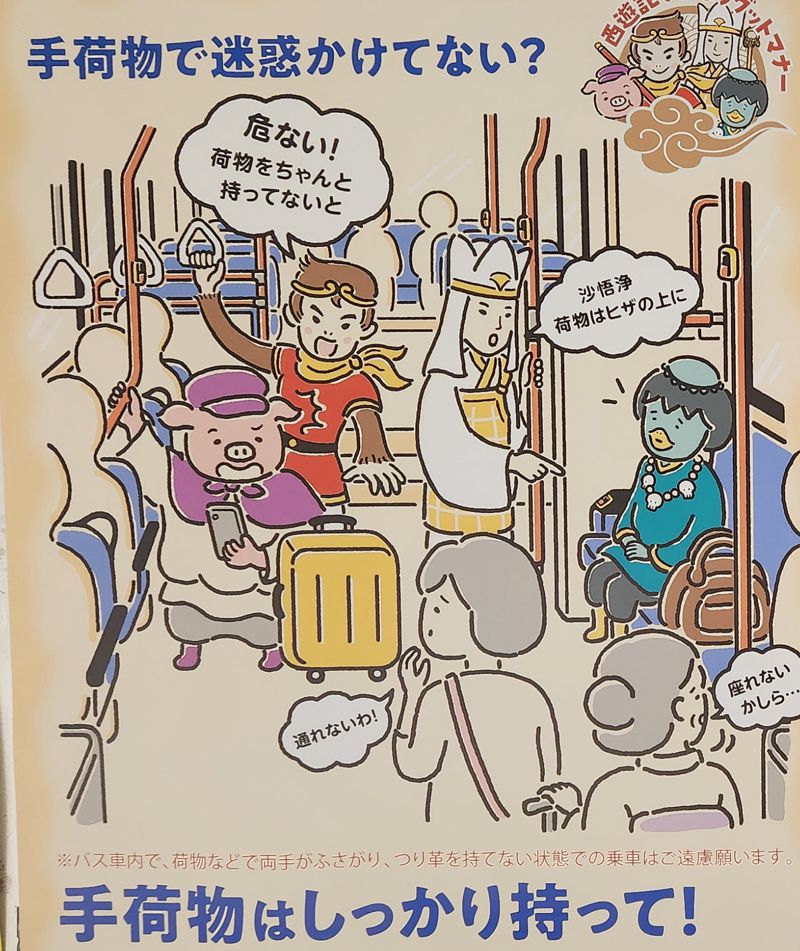
I realized that I was not properly equipped to fully appreciate this game. It’d be fine, just like how I was able to enjoy the God of War trilogy without having sufficient knowledge of Greek mythology. But “fine” wasn’t good enough in this case. I had been yearning for this game, and it seemed to be a masterpiece. I needed to be well versed in the story to show proper respect. I didn’t scream like a fanboy when Tiger Vanguard or Lingxuzi made their appearance in the trailer because I didn’t know who they were. That needed to be fixed.
So, I hit the book.
Reading the Journey
The thing about looking for a classic novel from 400+ years ago was that it didn’t take much effort. For three months, I had this site pulled up on my phone and read it whenever I had a chance. The story was Shakespeare’s contemporary and read similarly, too – that a layperson today could follow along for the most part, but not fully understand many of the words or references without a teacher.
The writing style reflected a bygone era too and was difficult to stay engaged with. A large chunk of those 800,000 words were poetry, mind-numbing lists of names, and characters re-telling one another about the events that the story had just told the reader earlier. Nearly an entire chapter of space was dedicated to a fisherman and a lumberjack writing poems to debate whose lifestyle was better! That made me want to quit reading before the Journey even began. We joke about how modern TV shows are injected with boring filler material, but apparently the practice goes back centuries.
While reading the novel, I learned that Journey to the West wasn’t a singular novel written by its credited author, Wu Chengen. Instead, it was a project compiling individual folklore from hundreds of years of oral tradition, and then got edited by that man. For that reason, there wasn’t much story arc or character development that we’ve come to expect from stories today. How the characters interact with each other was the same in chapter 25 as was in chapter 95, and nobody seemed to learn from experiences. This flat structure may have been ideal back in the days when the storytelling mostly happened in tea houses or on show stages, one chapter at a time. Holding character personalities constant would have helped the audience become familiar with them over time. Now though, it was truly bizarre to feel that much of the story could be shuffled out of order and still read the same.
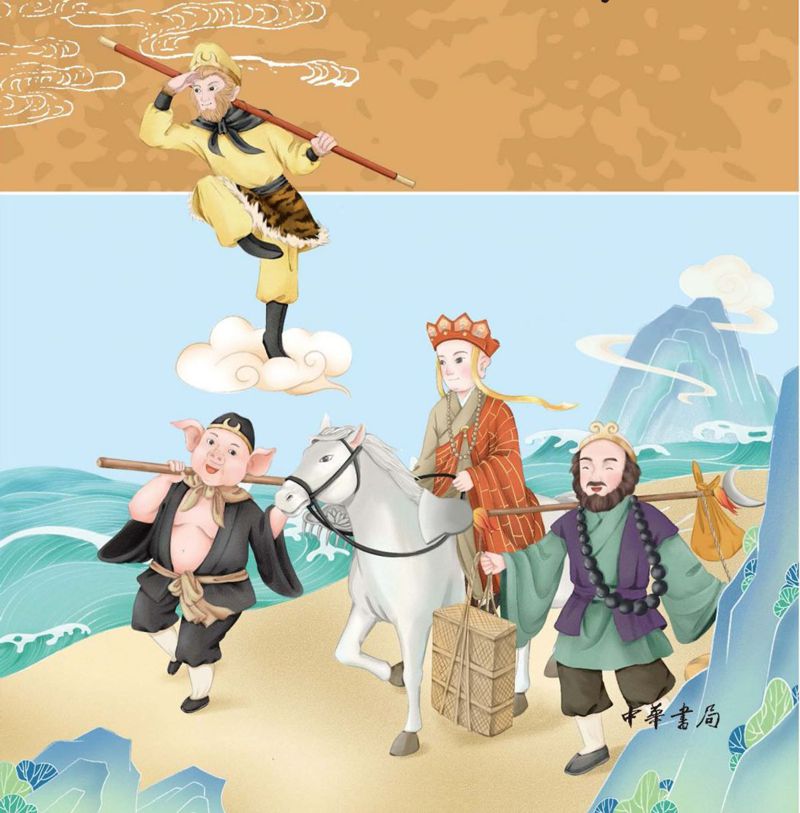

Eventually, I managed to finish all 100 chapters, and was thankful that a video game made me study this classic. For those preferring a modern retelling of the story in English, I highly recommend the video series by Overly Sarcastic Productions. The 11 episodes so far total about 2.5 hours and cover the first 60% of the novel.
The Game – First Impressions
Let’s circling back to Black Myth: Wukong, the game. I pre-ordered it and had it installed on the PS5 prior to the release date. Then, promptly at 7pm on 8/19/2022 (10am on 8/20 in China) along with 2 million people around the world, I fired it up.
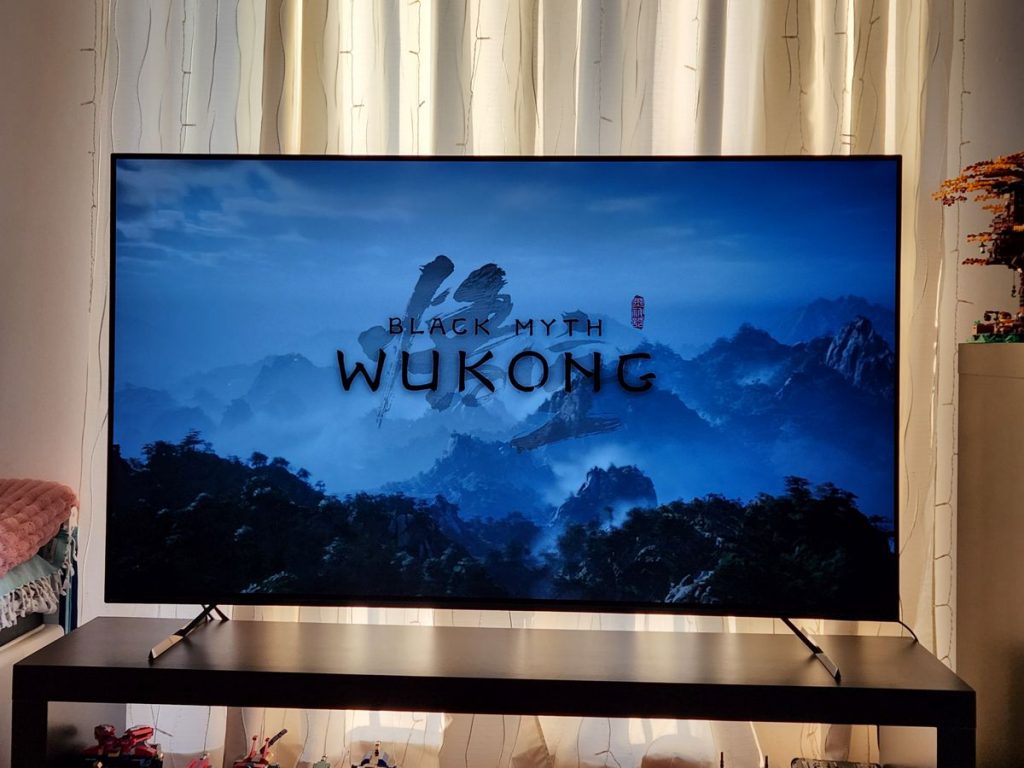
The trailers had showcased beautiful graphics and exciting game play mechanics. It’d be a lie if anyone said they weren’t at least somewhat skeptical, considering how rare such products were and how unknown Game Science was as a developer. So when the moment of truth revealed what was promised, well, it was a huge pleasant surprise.
I instantly fell in love. Gorgeous scenery. Intriguing story. Fun characters. Cool moves. It was so fun to play! But…
The Game – Difficulty
While being nervous about Game Science not delivering what they marketed in those trailers, during the final days before the game’s release, I also feared the game being too difficult. Unfortunately, the latter turned out to be the case.
A lot of game reviewers seemed to be debating whether Black Myth was “soulslike”. I had been interested in the Dark Souls franchise, but stayed away because of its notorious difficulty and the ensuing frustration in its players. Apparently Black Myth didn’t check all the boxes on some nerdy list to qualify it as “soulslike”, but the comparison alone was enough to send a chill down my spine. And alas – it was hard. Five minutes into the game, I found myself unable to proceed further as I got repeatedly murdered by bosses #2 and #3. The next morning was filled with chatters complaining about the fire wolf (Guangzhi) and the big blue baby (Wandering Wight) being impossibly hard.
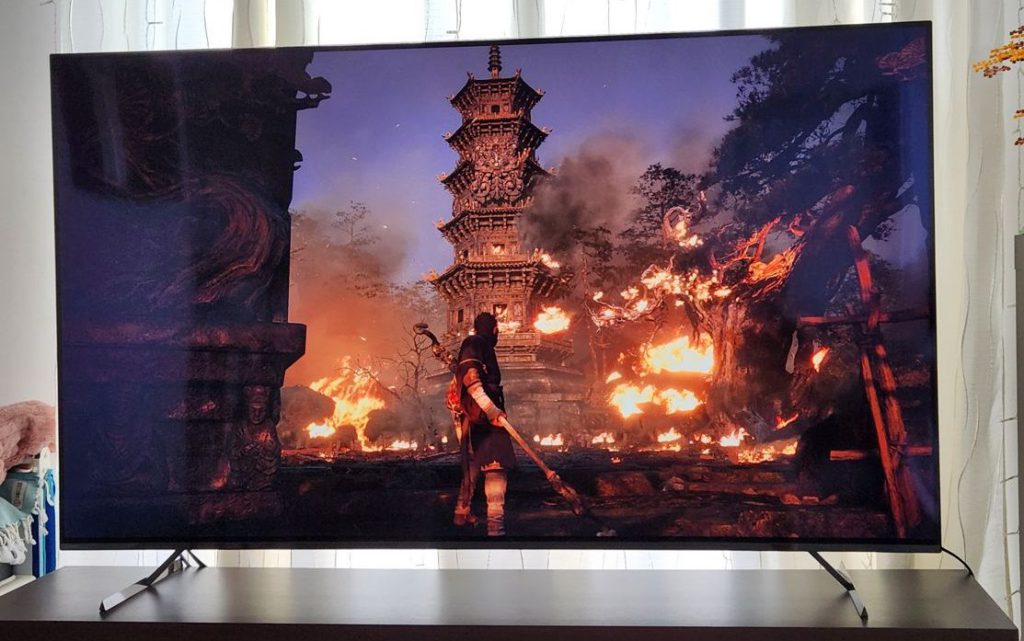
I resisted the urge to give up, and pushed through by learning the moves of each enemy and training muscle memory into my fingers. It was a lot of work. Painful work. But I grew better as the in-game monkey leveled up, and I hadn’t felt this connected to a video game character since Megaman X. Although all I wanted from this game was a comfortable cinematic story, I was forced to engage much more deeply with it.
A great sense of accomplishment came with persevering through the particularly hard boss fights. Tiger Vanguard killed me 22 times. Yin Tiger and Cyan Loong were about the same. And dying in the hands of Yellow Loong ~40 times was simply humiliating… but I made it through…
The Game – A Chinese Story
In a world where pop media is saturated with themes of ninjas, knights, pirates, and vampires, any injection of new cultural elements would be refreshing. For example, I have dreamed about a future God of War who travels through Hindu or Mesoamerican mythology. That said, Black Myth: Wukong being sourced from a Chinese story was far better than anything else I could have wished for. The characters have been an integral part of my culture; the stages are modeled after real scenery and architecture around China; the storytelling and dialogues are also of a style reminiscent of TV dramas that I grew up with.
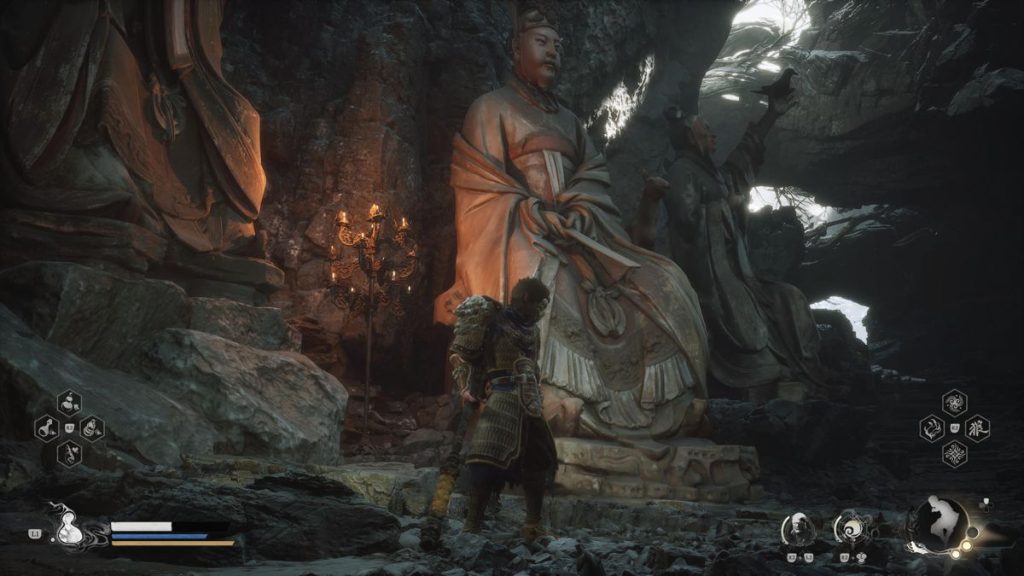
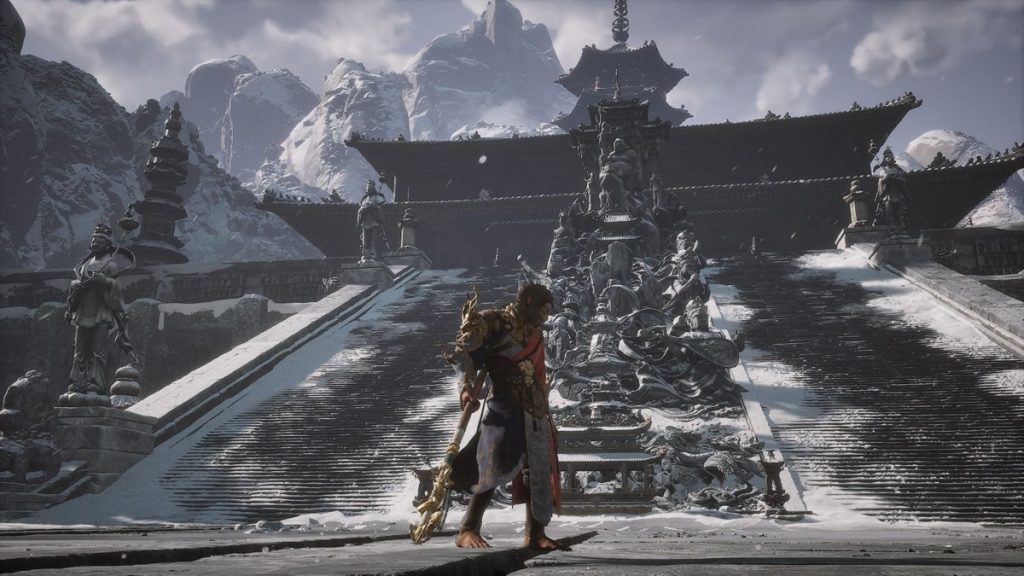
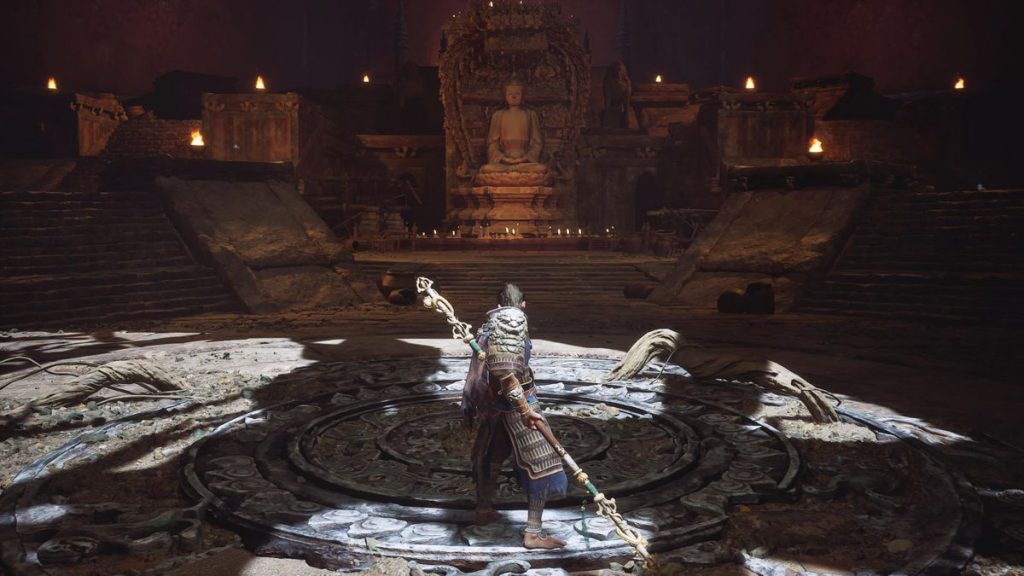
One theme that really stood out was just how much the game leaned into Buddhist philosophies, following the spirit of its source material. Whereas the original Journey to the West read like an unapologetic propaganda for Buddhism, Black Myth used dark story plots to communicate complex Buddhist ideas about human nature and the universe. Having grown up with devout family members, I was used to hearing these Buddhist concepts and was now delighted to see them worked into this sensational game.
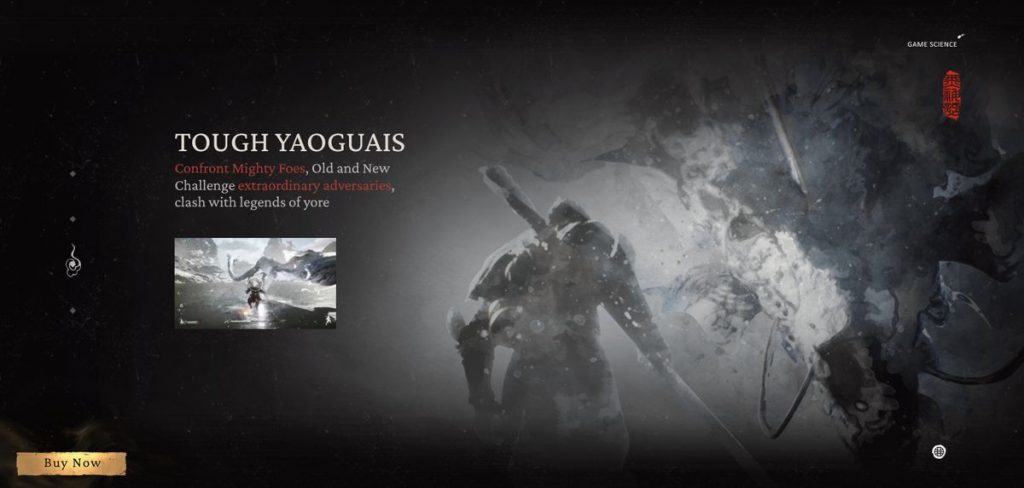
One of the most intriguing aspects of this game was its localization. Not counting games made in Japan such as Dynasty Warriors, this was the first major attempt at bringing a Chinese world construct onto the global stage. A ton would need to be translated, but how? On one hand there was the Japanese approach which leaves its audience to figure out what “kimono” or “katana” or “yakitori” meant. On the other there had been the Chinese tradition of using the closest-matching English words, which would be easy to digest but prone to losing cultural meaning. I was glad to see the game website’s URL being heishenhua.com (Black Myth) and the marketing of in-game yaoguais (monsters), but it was hard to imagine all proper nouns being kept in Chinese pinyin because it’d be tough for English speakers to pronounce, understand, or remember.
The game chose to strike a balance. There was “Elder Jinchi” (Golden Pond) and there was “Yellow Wind Sage” (which could have been Sage Huangfeng). Presumably the team had to decide where preserving the literal meaning of the name was more important, and where to maintain the pronunciation. The more interesting choices were “yaksha” and “skandha“, which are Romanized Sankrit names of Buddhist concepts. The Chinese version of those words have been ingrained in our culture and would be instantly recognizable, if at a superficial level, but the original Sankrit would likely seem foreign to the vast majority of players.
I chose Chinese audio and English subtitle for my first play through, so I could get the original voice acting while the kids could follow along. This ended up being a bad idea. Because much of the dialogue was poetic, mysterious, or philosophical (which is common for Chinese literature), it was difficult to understand without matching text on screen.
Monkey vs. Kratos
When I picked up Journey to the West, the novel, in anticipation of a game like God of War, I couldn’t help but notice all the similarities between Sun Wukong (the 16th century story) and Kratos (the original 2005-2010 trilogy). They both obtained tremendous power from deities, gained immortality, went into and left hell, and beat up entire pantheons. I’m also not the only one making this mental connection. Plenty of people on the Internet have been fantasizing a battle between Sun Wukong and Kratos.

In Black Myth: Wukong, the Destined One (a distant successor to Sun Wukong) feels so different from Kratos. Whereas the God of War is a confident, arrogant hunk ready to strong-arm his way through anything, the monkey is… a monkey. He does not stand still. Even when you put the controller down, he looks around constantly and fidgets as if there are fleas. He is tiny compared to most of his opponents and is relatively low in strength. There’s no block or parry in the game (something every reviewer makes a point to call out) so, when attacked, he has to run and roll around before countering with swift attacks or magic spells. In the absence of brute force, he shines with agility. It’s a very different gaming experience, and I appreciate the designers crafting the protagonist to feel like a real monkey.
Popular Reception
For two months now, my Youtube feed has been inundated with videos around Black Myth: Wukong. Much of it was the social media’s targeting algorithm, for I don’t otherwise ever see video game news, reviews, or guides. Others I’d regard as the more creative derivative media.
History and religion channels that I follow, in both English and Chinese, analyzed the background for the original Journey to the West novel and discussed the historic monk that inspired the story. Singers and instrumental musicians did covers for the game’s songs. A food channel even jumped on the bandwagon and made a joke of a video “cooking” the medicines in the game. The hype was real.

The unfortunate downside of this trend was that I couldn’t scroll through a screen’s worth on Youtube without encountering at least one spoiler in the video title or thumbnail. It also became difficult to resist the many in-depth analyses of the stories in and around the game, some of which appearing to be of academic value. At that point, I felt compelled to rush through the game so I could join the universe of people talking about all those different aspects of Black Myth.
The Reincarnation
With much obsession (which ironically is one of the major Buddhist themes portrayed in the game), I finished Black Myth: Wukong in 8 weeks. The end felt unsatisfying coming from the modern expectations of happy endings, but it was appropriate given the story’s dark theme and also beautifully done.
The game was so addicting that I immediately jumped into a new game+ to continue those boss fights, albeit now being overpowered with full sets of armors and weapons. The game referred to it as “reincarnation” and it was genius. The entire story, including the ending that got a whole lot of attention, focused on the idea of a continuous circle. The journey that the Destined One took during the game, it hinted, had been taken by other monkeys before him and would be repeated in the future. With how the new game+ was designed, the whole thing was masterfully designed to encourage replays.
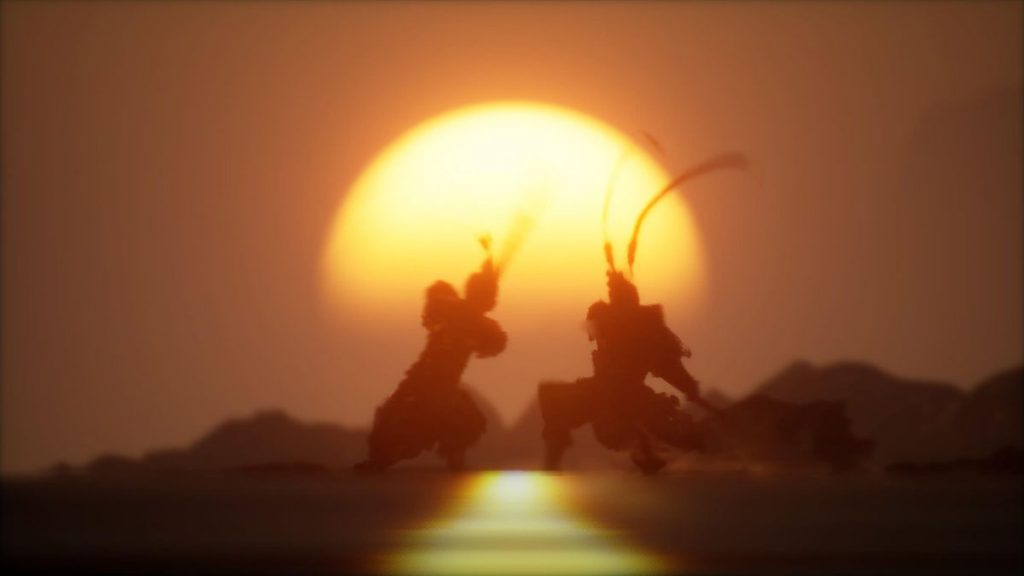
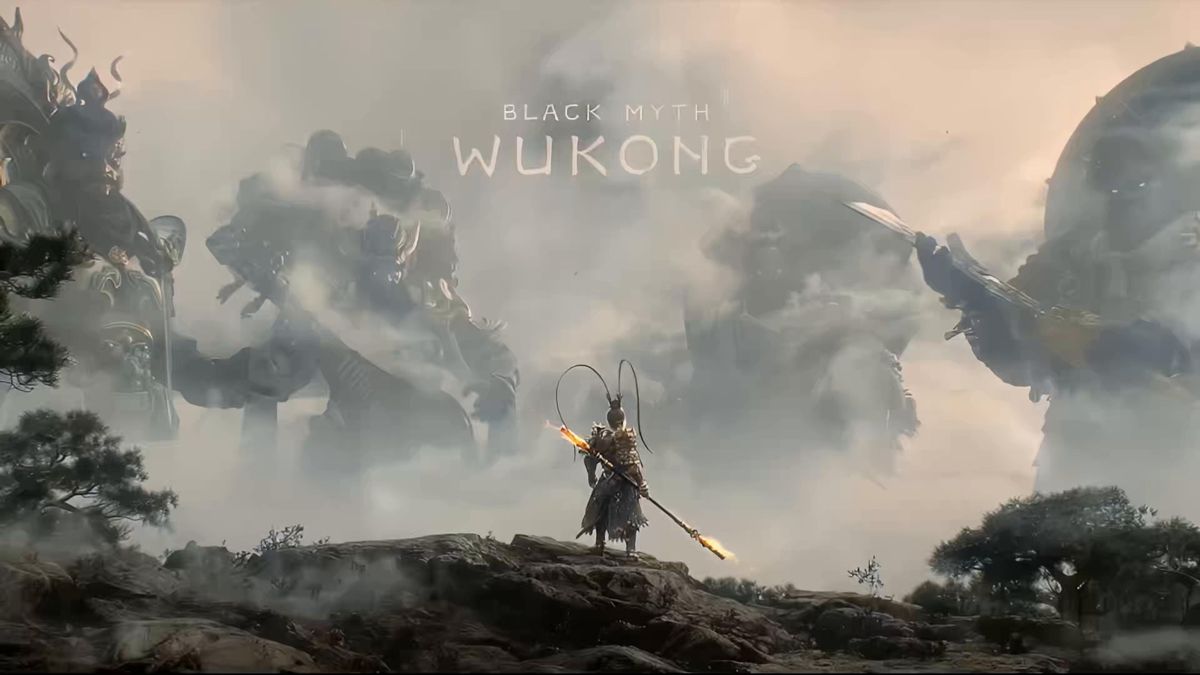
Project Concentric Circles – the Ultimate God of War Shield – Peter's Blog
December 15, 2024 at 1:08 am[…] months later (two trips and a video game got in the way), I finished what I set out to do, turning toilet containers into the most detailed […]
2024 Year In Review – Peter's Blog
December 27, 2024 at 3:11 pm[…] the more interactive side of entertainment, the game of the year for me is definitely Black Myth: Wukong. I had been waiting for two years for this game to come out, and it was just that good. I wrote a […]